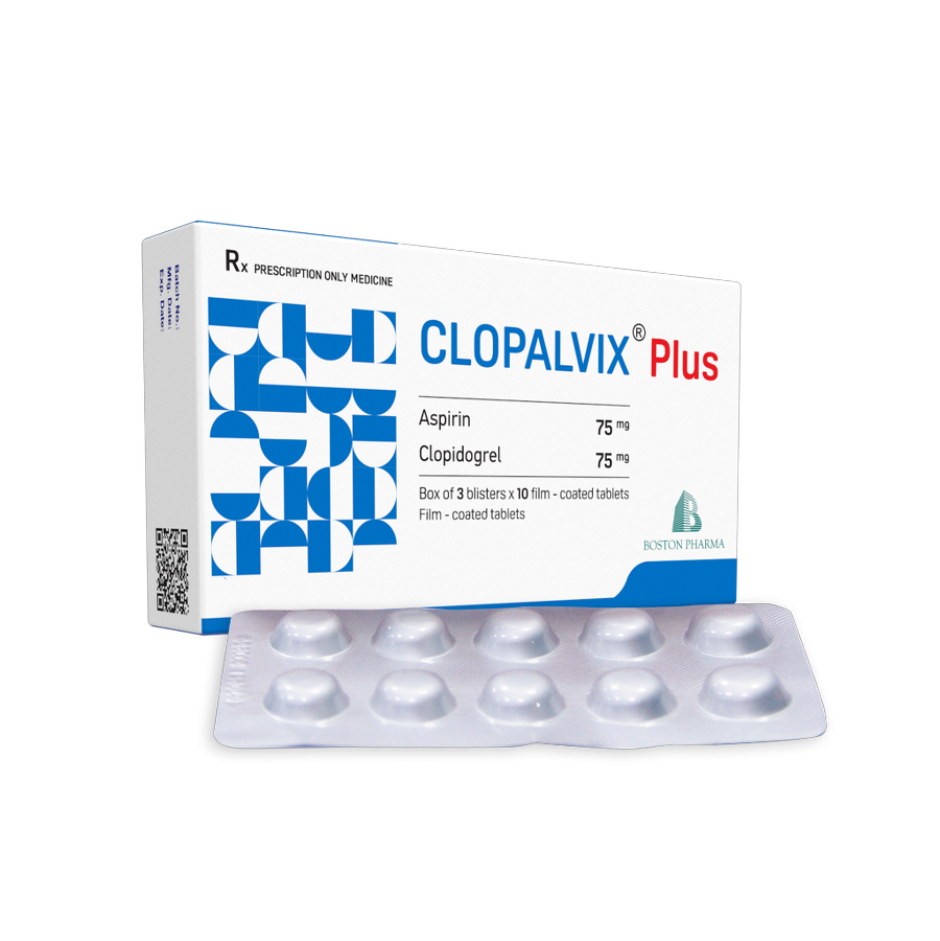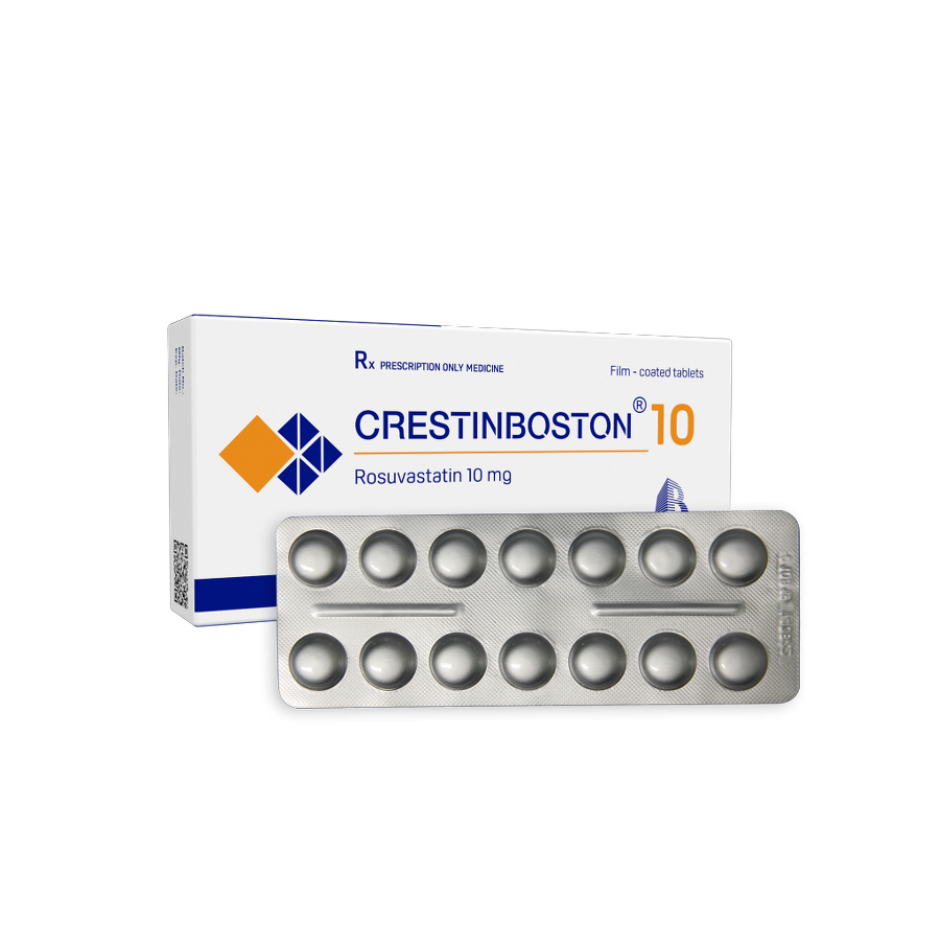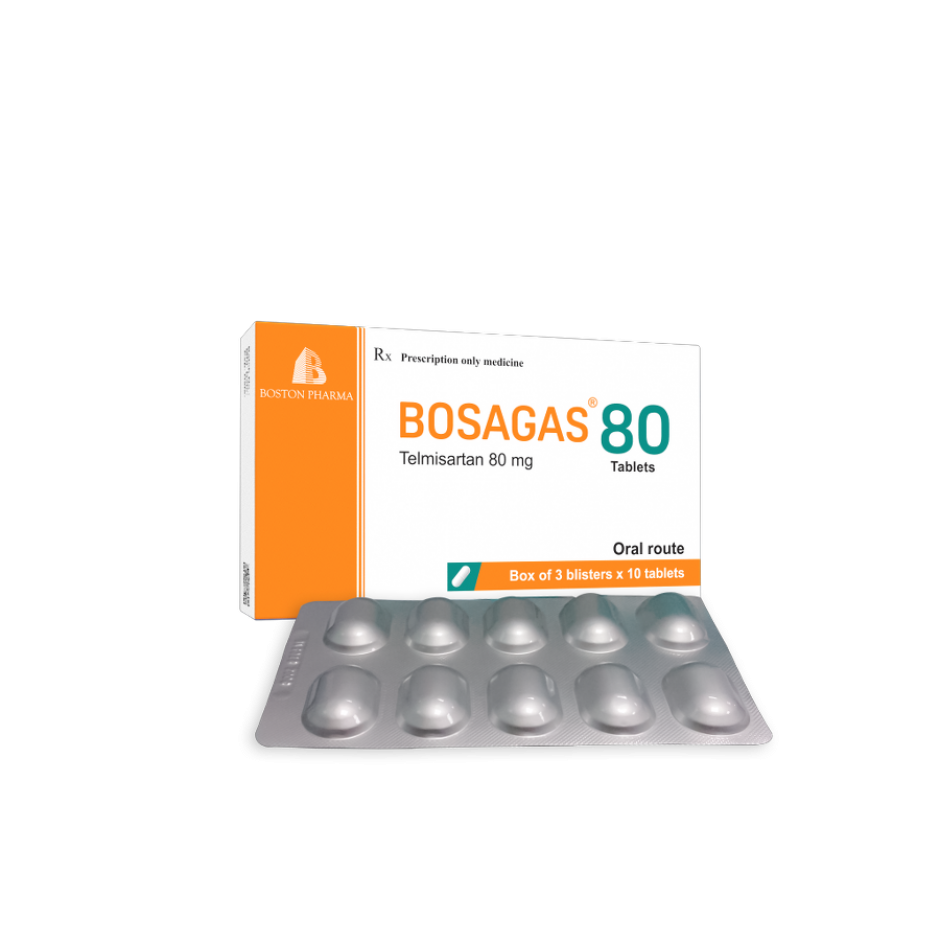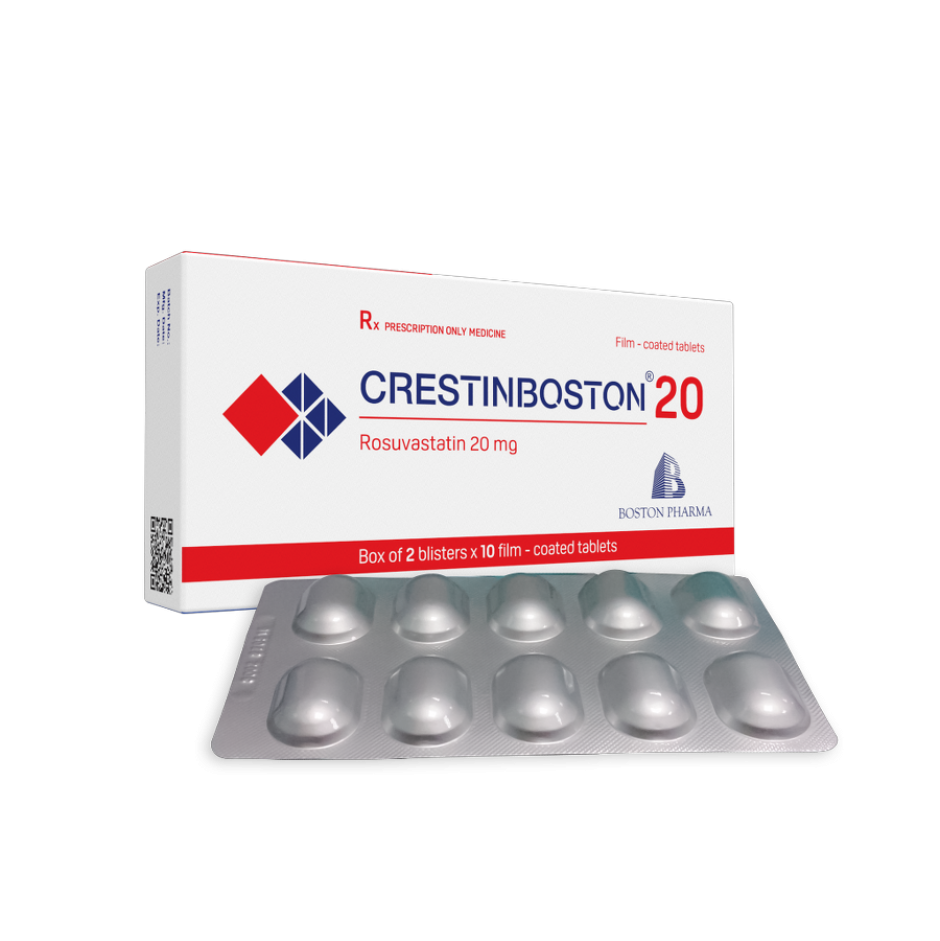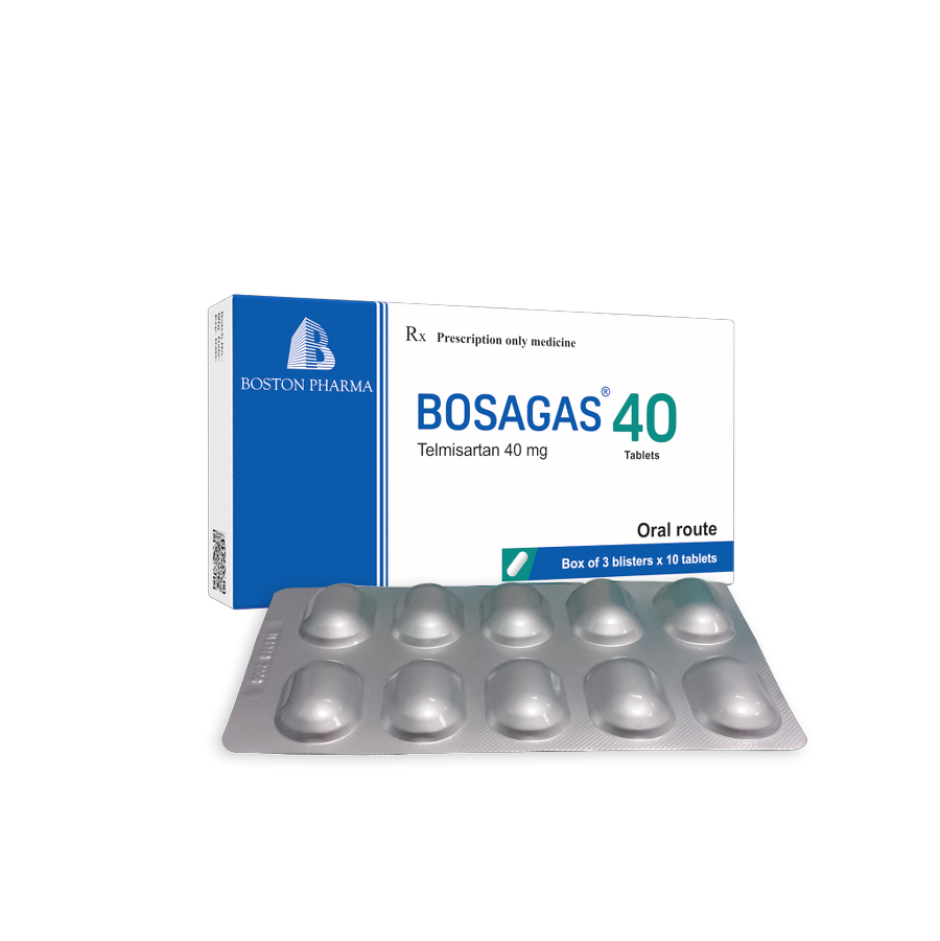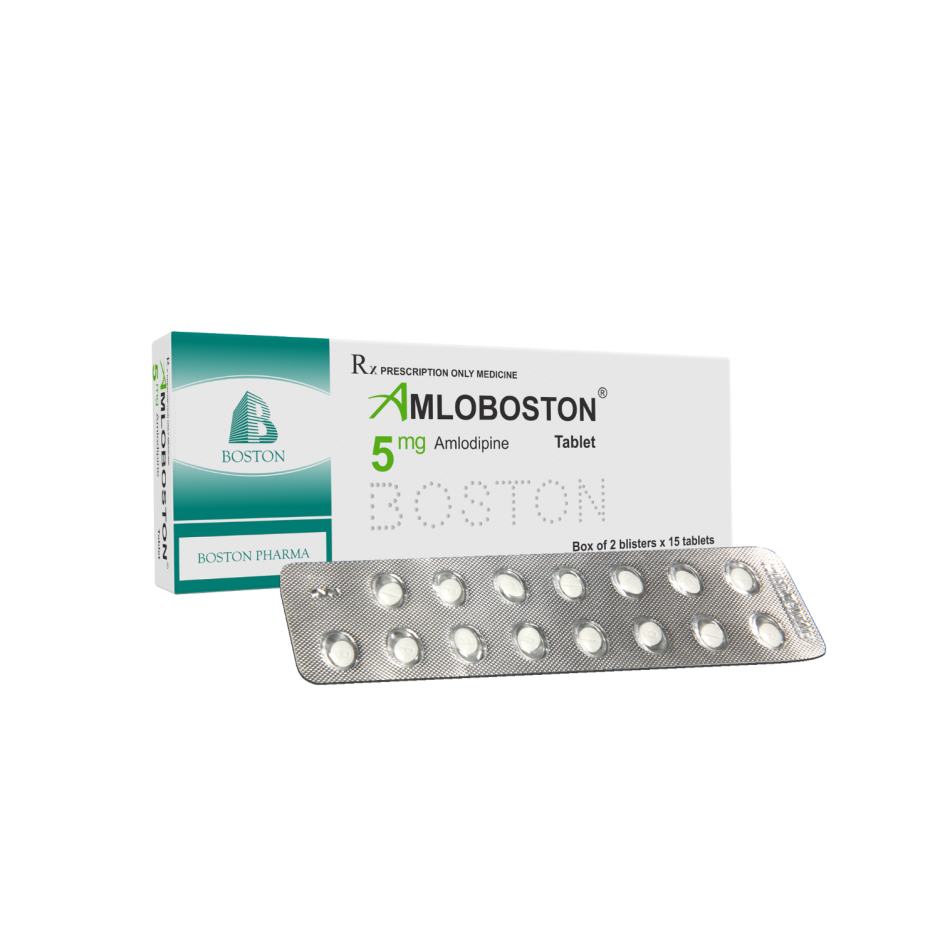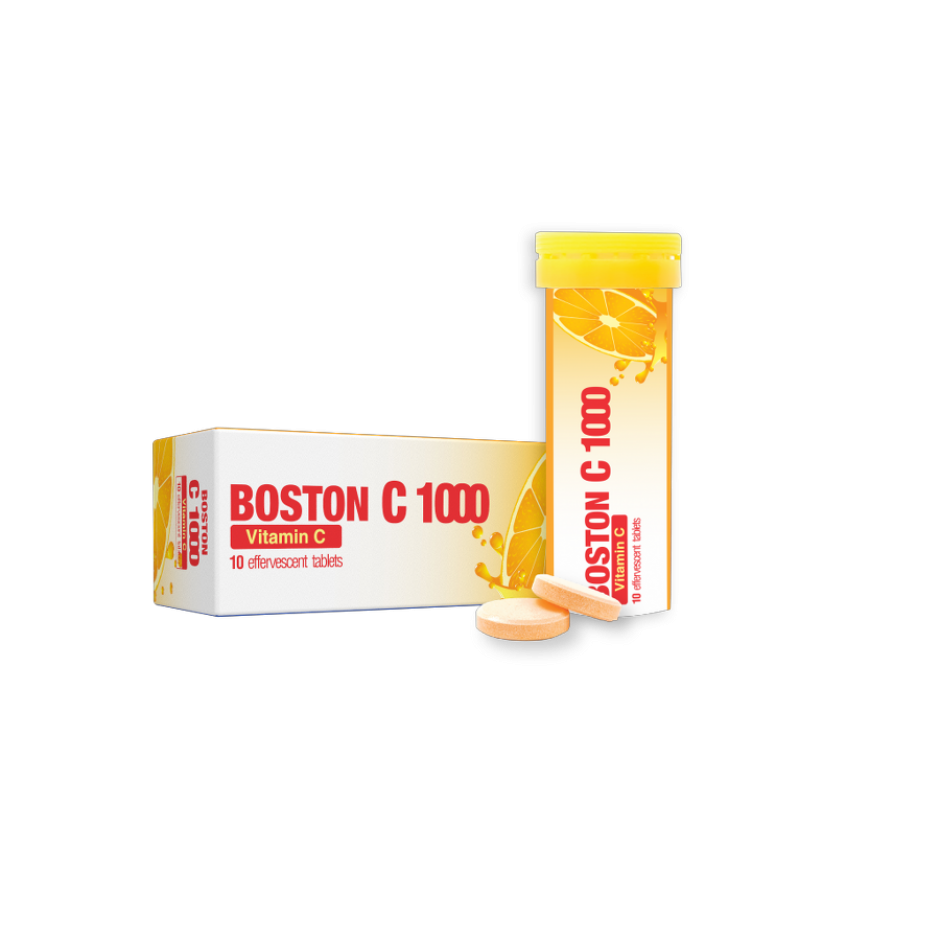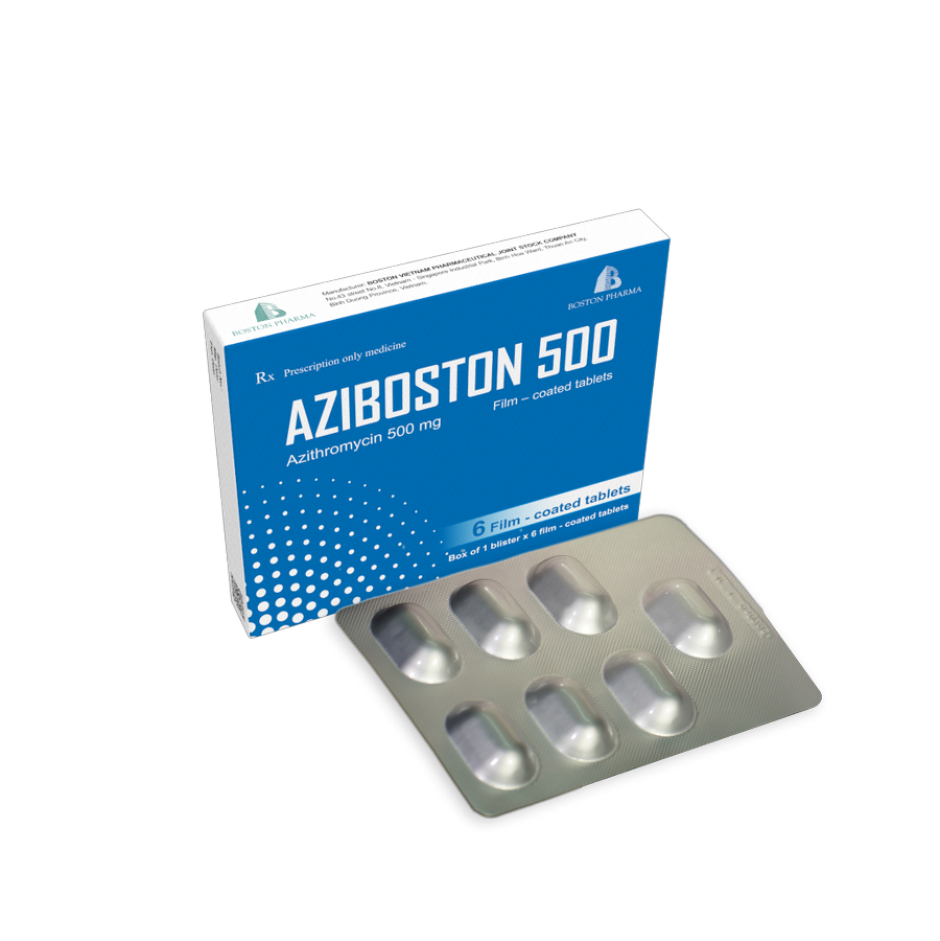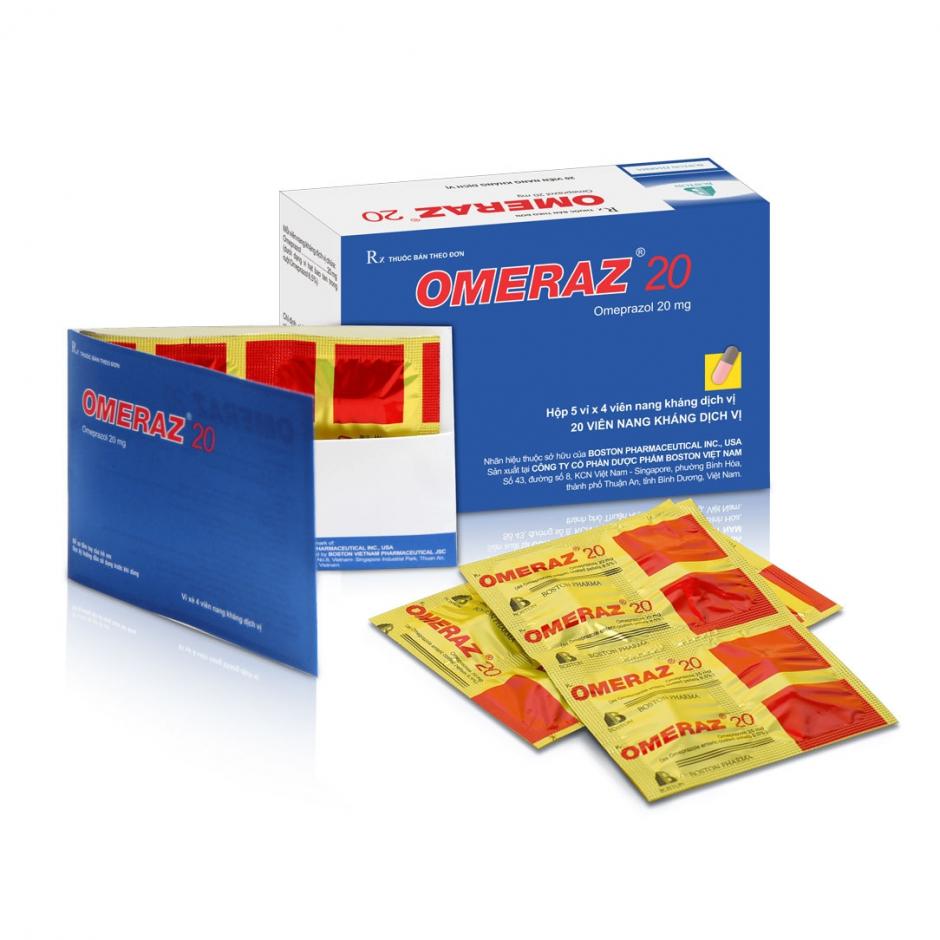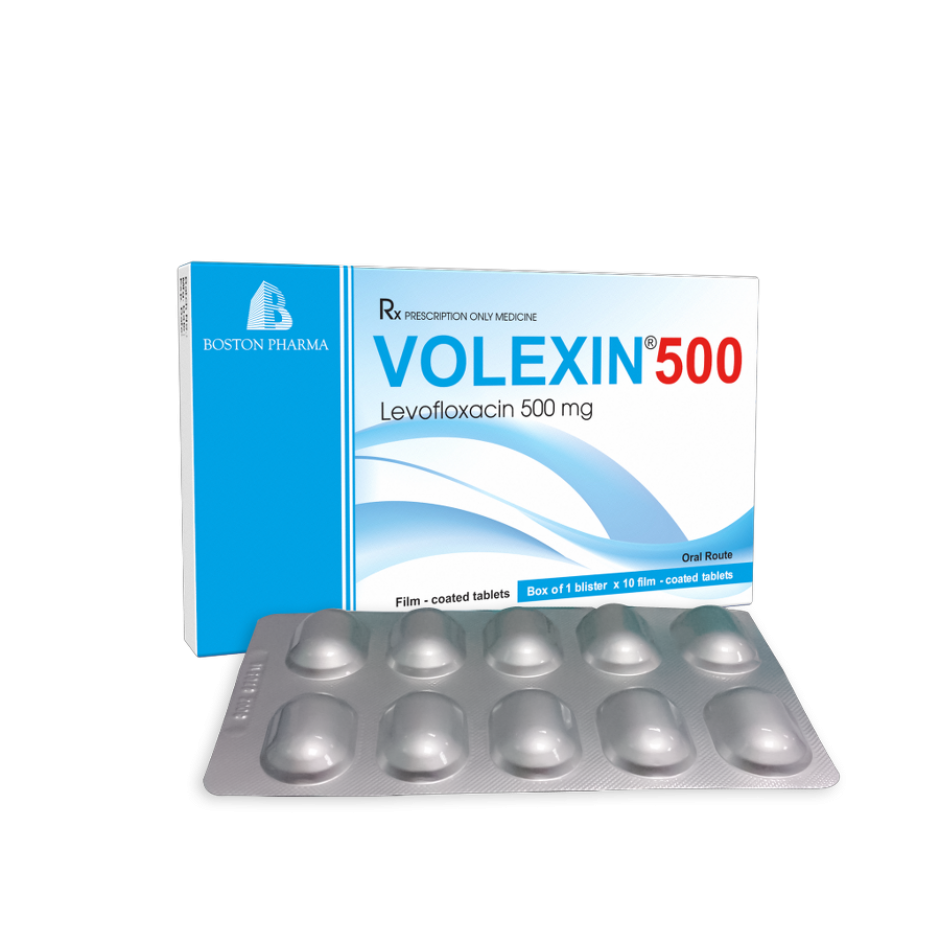POSOLOGY AND METHOD OF ADMINISTRATION
In general
Before instituting therapy with Atorvastatin, an attempt should be made to control hypercholesterolemia with appropriate diet, exercise and weight reduction in obese patients, and to treat the underlying medical roblems. The patient should continue on a standard cholesterol-lowering diet during treatment with atorvastatin. The dosage range is 10 to 80 mg once daily. Atorvastatin dose may be administered at any time of the day, with or without food. Starting and maintenance dosage should be individualized according to baseline LDL-level, goal of therapy, and patient response. After initiation and/or upon titration of atorvastatin, lipid levels should be analyzed within 2 to 4 weeks and dosage adjusted accordingly.
Primary hypercholesterolaemia and combined (mixed) hyperlipidaemia
The majority of patients are controlled with atorvastatin 10 mg once a day. A therapeutic response is evident within 2 weeks, and the maximum therapeutic response is usually achieved within 4 weeks. The response is maintained during chronic therapy.
Homozygous familial hypercholesterolaemia
Only limited data are available (see Pharmacodynamic properties).
The dose of atorvastatin in patients with homozygous familial hypercholesterolemia is 10 to 80 mg daily (see Pharmacodynamic properties). Atorvastatin should be used as an adjunct to other lipid-lowering treatments (e.g. LDL apheresis) in these patients or if such treatments are unavailable.
Prevention of cardiovascular disease
In the primary CVD prevention trials, the dose was 10 mg/day. Higher doses may be necessary in order to attain (LDL-) cholesterol levels according to current guidelines.
Paediatric population
Hypercholesterolaemia
Paediatric use should only be carried out by physicians experienced in the treatment of paediatric hyperlipidaemia and patients should be re-evaluated on a regular basis to assess progress.
For patients with Heterozygous Familial Hypercholesterolemia aged 10 years and above, the recommended starting dose of atorvastatin is 10 mg per day (see Pharmacodynamic properties). The dose may be increased to 80 mg daily, according to the response and tolerability.
Doses should be individualised according to the recommended goal of therapy. Adjustments should be made at intervals of 4 weeks or more. The dose titration to 80 mg daily is supported by study data in adults and by limited clinical data from studies in children with Heterozygous Familial Hypercholesterolemia (see Undesirable effects and Pharmacodynamic properties).
There are limited safety and efficacy data available in children with Heterozygous Familial Hypercholesterolemia between 6 to 10 years of age derived from open-label studies. Atorvastatin is not indicated in the treatment of patients below the age of 10 years. Currently available data are described in Undesirable effects, Pharmacodynamic properties and Pharmacokinetic properties but no recommendation on a posology can be made.
Other pharmaceutical forms/strengths may be more appropriate for this population.
Hepatic impairment
Avasboston should be used with caution in patients with hepatic impairment (see Special warnings and precautions for use and Pharmacokinetic properties: Special populations). Avasboston is contraindicated in patients with active liver disease (see Contraindications).
Renal impairment
Renal disease does not affect the plasma concentrations nor LDL-C reduction of atorvastatin; thus, dosage adjustment in patients with renal dysfunction is not necessary (see Special warnings and precautions for use).
Elderly
Efficacy and safety in patients older than 70 using recommended doses are similar to those seen in the general population (see Pharmacokinetic properties: Special populations).
Co-administration with other medicines
In patients taking cyclosporine or the HIV protease inhibitor (tipranavir plus ritonavir) or the hepatitis C virus (HCV) protease inhibitor (telaprevir), therapy with Avasboston should be avoided.
In patients with HIV taking the combination lopinavir/ritonavir, caution should be used when co-prescribing Avasboston, and use the lowest necessary dose.
In patients taking clarithromycin, itraconazole, or in patients with HIV taking a combination of saquinavir plus ritonavir, darunavir plus ritonavir, fosamprenavir or fosamprenavir plus ritonavir, therapy with Avasboston should be limited to 20 mg, and appropriate clinical assessment is recommended to ensure that the lowest necessary dose of Avasboston is used.
In patients taking the HIV protease inhibitor, nelfinavir, or the HCV protease inhibitor boceprevir, therapy with Avasboston should be limited to 40 mg, and appropriate clinical assessment is recommended to ensure that the lowest necessary dose of Avasboston is used., (see Special warnings and precautions for use: Skeletal muscle effects and Interaction with other medicinal products).
CONTRAINDICATIONS
Atorvastatin is contraindicated in patients:
with hypersensitivity to any components of this medication.
with active liver disease or unexplained persistent elevations of serum transaminases exceeding 3 times the upper limit of normal (ULN).
during pregnancy, while breast-feeding and in women of child-bearing potential not using appropriate contraceptive measures
Treatment with atorvastatin should be suspended until it has been determined that the woman is not pregnant and all of risks to the fetus has been informed.
WARNINGS AND PRECAUTIONS
Liver effects
As with other lipid-lowering agents of the same class, moderate (>3 × ULN) elevations of serum transaminases have been reported following therapy with atorvastatin. The liver function of patients taking dose of 10 mg, 20 mg, 40 mg, and 80 mg atorvastatin has been monitored in clinical studies pre-approval and post-marketing.
Persistent elevations (>3 times the upper limit of normal [ULN] occurring on 2 or 3 occasions) in serum transaminases occurred in 0.7% of patients who received atorvastatin in clinical trials. The incidence of these abnormalities was 0.2%, 0.2%, 0.6%, and 2.3% for 10, 20, 40, and 80 mg, respectively. In general, increases in liver function tests (LFT) in these patients were not associated with jaundice or other clinical signs or symptoms. Upon dose reduction, drug interruption, or discontinuation, transaminase levels returned to or near pretreatment levels. Most patients continued treatment on a reduced dose of atorvastatin without sequelae.
It is recommended that liver enzyme tests be obtained prior to initiating therapy with atorvastatin and repeated as clinically indicated. Patients who develop increased transaminase levels should be monitored until the abnormality(ies) resolve. Should an increase in transaminases of greater than 3 times the upper limit of normal (ULN) persist, reduction of dose or withdrawal of atorvastatin is recommended. Atorvastatin can cause an elevation in transaminases (see Undesirable effects).
Atorvastatin should be used with caution in patients who consume substantial quantities of alcohol and/or have a history of liver disease. Active liver disease or unexplained persistent transaminase elevations are contraindications to the use of atorvastatin (See Contraindications)
Skeletal muscle effects
There have been reports of myalgia in atorvastatin-treated patients (see Undesirable effects). A creatine phosphokinase (CPK) level should be measured before starting statin treatment in the following situations: renal impairment, hypothyroidism, personal or familial history of hereditary muscular disorders, previous history of muscular toxicity with a statin or fibrate, previous history of liver disease and/or where substantial quantities of alcohol are consumed, in elderly (age > 70 years) with the presence of other predisposing factors for rhabdomyolysis. If CPK levels are significantly elevated (> 5 times ULN) at baseline, treatment should not be started.
Myopathy, characterised by muscle pain, or muscle weakness with creatine phosphokinase above 10 times ULN, should be considered in any patient with diffuse myalgia, tenderness or muscle weakness and/or markedly elevated CPK. Instruct patients to promptly report any unexplained muscle pain, tenderness or weakness, particularly if accompanied by malaise or fever. Discontinue atorvastatin if markedly elevated CK levels occur or myopathy is diagnosed or suspected.
The risk of myopathy may be increased when atorvastatin is administered concomitantly with ciclosporin, fibric acid derivatives, erythromycin, niacin, azole antifungals, colchicine, telaprevir, boceprevir or the combination of tipranavir and ritonavir. Many of these drugs inhibit cytochrome P450 3A4 (CYP 3A4) metabolism and/or drug transport. CYP 3A4 is the primary hepatic isozyme known to be involved in the biotransformation of atorvastatin. Physicians considering combined therapy with atorvastatin and fibric acid derivatives, gemfibrozil, erythromycin, immunosuppressive drugs, azole antifungals, or antihyperlipidemic dose of niacin (high dose, > 1g/day), colchicine should weigh h the potential benefits and risks and should carefully monitor patients for any signs and symptoms of muscle pain, tenderness, or weakness, particularly during the initial months of therapy and during any periods of upward dosage titration of either drug. In this case, e, lower starting and maintenance doses of atorvastatin should also be considered when taken concomitantly with the aforementioned drugs.
Atorvastatin is not recommended to co-administer with fusidic acid; therefore, atorvastatin treatment should be discontinued throughout the duration of fusidic acid treatment (see in Interactions). Periodic CPK determinations may be considered in such situations, but there is no assurance that such monitoring will prevent the occurrence of severe myopathy. Atorvastatin may cause an elevation of CPK (see in Undesirable effects)
Atorvastatin, like other drugs in this class, has been reported to rare cases of rhabdomyolysis with acute renal failure secondary to myoglobinuria. Due to the high risk of rhabdomyolysis, patients with renal impairment or history of kidney disease should be closely monitored during and after treatment with atorvastatin. Temporarily withhold or discontinue atorvastatin in patients experiencing an acute or serious condition suggestive of a myopathy or with a risk factor predisposing to the development of renal failure secondary to rhabdomyolysis (e.g., severe acute infection; hypotension; major surgery; trauma; severe metabolic, endocrine, or electrolyte disorders; or uncontrolled epilepsy).
Hemorrhagic Stroke
A post-hoc analysis of a clinical study in 4731 patients without CHD who had a stroke or transient ischemic attack (TIA) within the preceding 6 months and were initiated on atorvastatin 80 mg revealed a higher incidence of hemorrhagic stroke in the atorvastatin 80 mg group compared to placebo (55 atorvastatin vs. 33 placebo). Patients with hemorrhagic stroke on entry appeared to be at increased risk for recurrent hemorrhagic stroke (7 atorvastatin vs. 2 placebo). However, in patients treated with atorvastatin 80 mg, there were fewer strokes of any type (265 vs. 311) and fewer CHD events (123 vs. 204) (see Pharmacodynamic properties: Recurrent stroke).
Endocrine Function
Increases in HbA1c and fasting serum glucose levels have been reported with HMG-CoA reductase inhibitors, including atorvastatin. This risk, however, is outweighed by the reduction in vascular risk with statins.
Statins should be prescribed with caution in patients with pre-disposing factors for muscle damage. Statins cause potentially undesirable effects in muscular system, particularly in patients with risk factors including age 65 years or greater, uncontrolled hypothyroidism, renal diseases. During treatment, undesirable effects need to be monitored.
A CK level should be measured before starting statin treatment with patients in the special populations or with increased risk for drug interactions. In such situations, the risk of treatment should be considered in relation to possible benefit, and clinical monitoring is recommended. Patients must be asked to promptly report muscle pain, cramps, or weakness. If such symptoms occur whilst a patient is receiving treatment with atorvastatin, their CK levels should be measured to have appropriate interference.
SHELF-LIFE
36 months from the manufacturing date. Do not use after the expiry date.



_AVASBOSTON_20_900x900.png)
